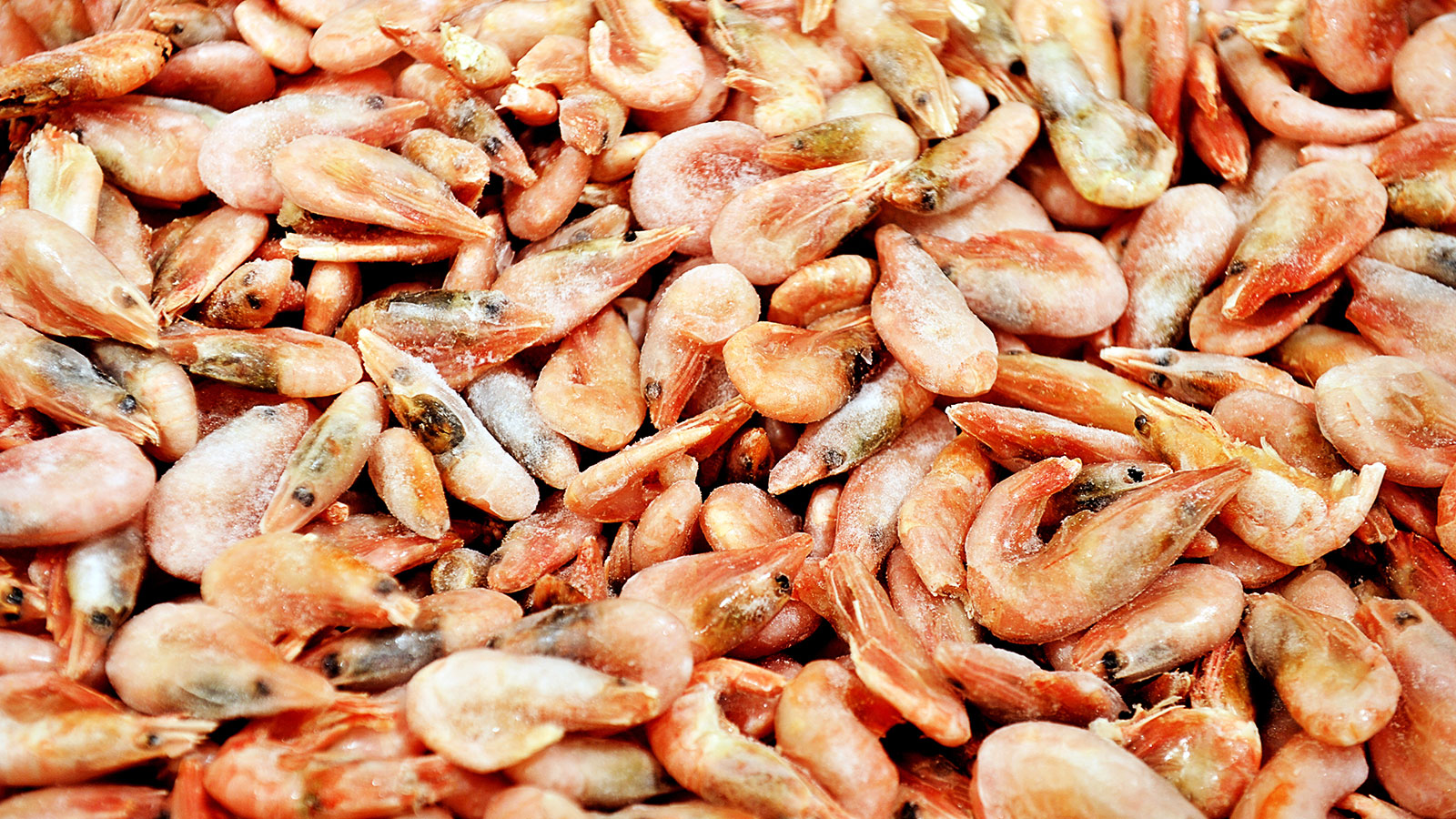We already knew about the mangroves. We knew about the bycatch and habitat destruction. Heck, we knew about the whole SLAVERY thing, but that didn’t stop us from gobbling shrimp scampi like they’re going extinct. And, still, we hoped there might be a better way.
Now, clearly sensing we might need another deterrent to stop eating ALL THE SHRIMP all the time, the world sent us some new bad news about the tasty, tasty crustaceans: They’re probably not what you think they are.
In a report released Thursday, ocean-advocacy group Oceana conducted a survey of 111 restaurants and grocery stores across the U.S., and found that more than a third of the sampled shrimp were vaguely labeled, or else mislabeled entirely.
The confusion begins with the fact that there are 41 species of shrimp sold in the U.S., but any of them may just be labeled as “shrimp.” It deepens when it turns out that many of those labeled “Gulf” or “wild-caught” were really a species of farmed shrimp. It’s easy to prawn off these crustaceans as more valuable versions of themselves when more than 90 percent of the U.S. shrimp is imported, and only a small percent of that is ever inspected. Still, the depth and variety of deception is shrimply staggering. Consider this from the Guardian:
Unexpectedly, some of the shrimp that were identified in the survey were genetically unknown to science, and one sample taken from a bag of frozen seafood even turned out to be a banded coral shrimp — a species renowned on reefs and coveted as a ‘pet’ shrimp by aquarium enthusiasts, but certainly not as food. “It’s one of the things you look for on a reef,” Warner says. “How it ended up in a bag of salad-size shrimp, I have no idea.”
New York had one of the highest rates of shrimp-fraud, with 43 percent of samples misrepresented — but no one got off scot-free.
The only possible way to feel WORSE about eating shrimp is to go eat 101 of them at Red Lobster’s Endless Shrimp promotion. That’s REALLY going to hurt.



